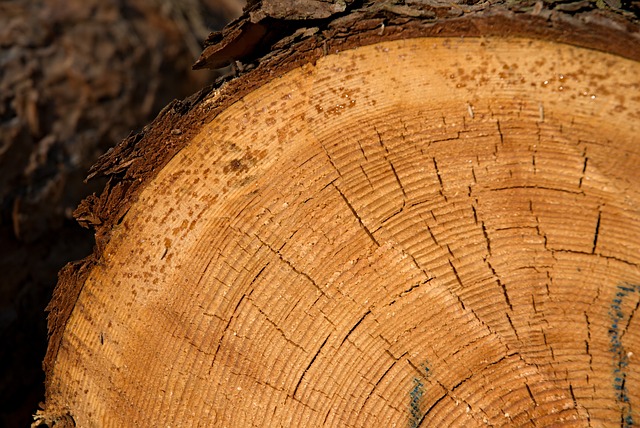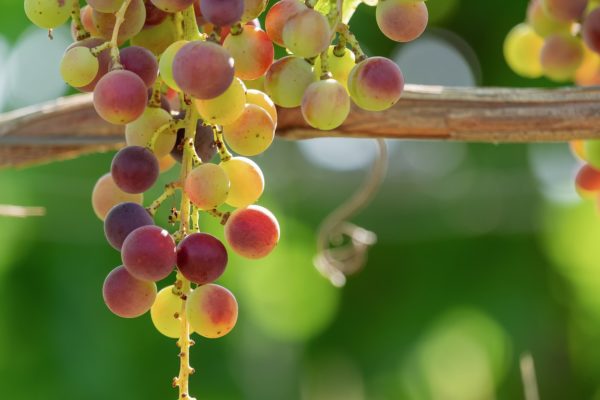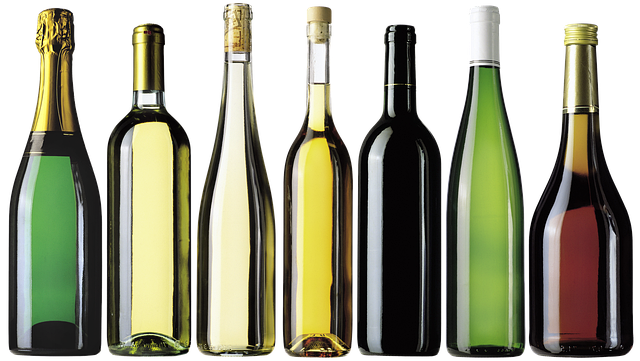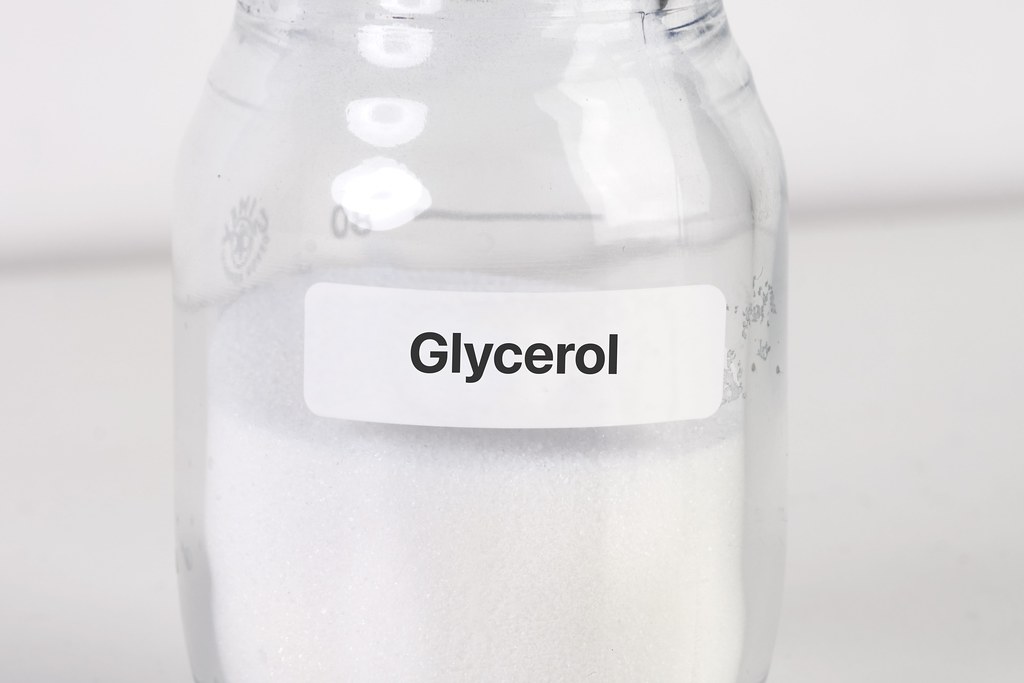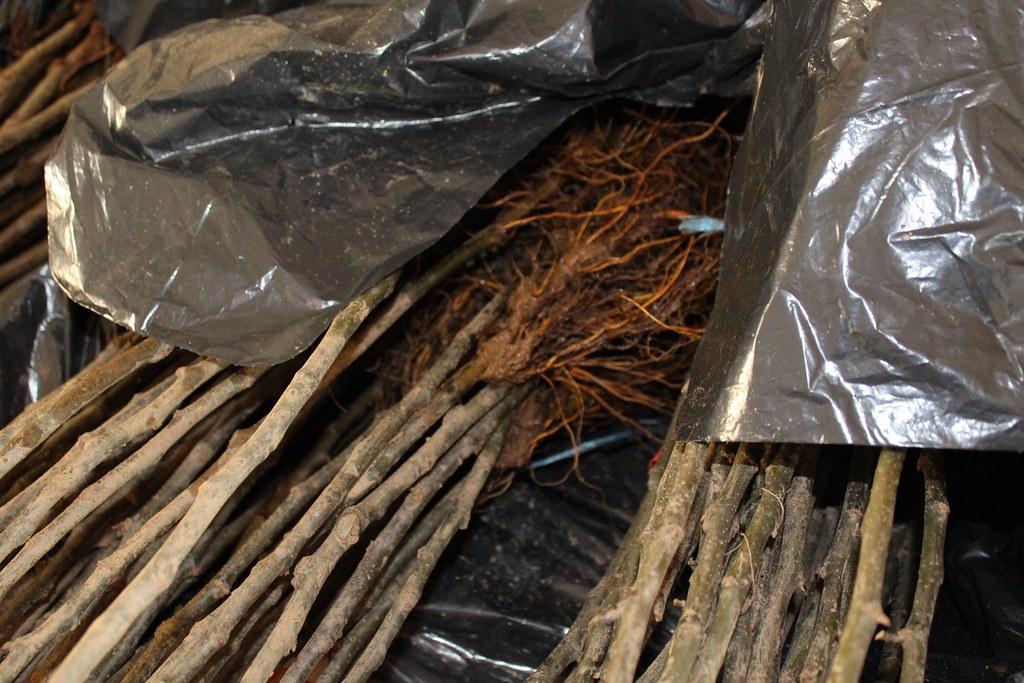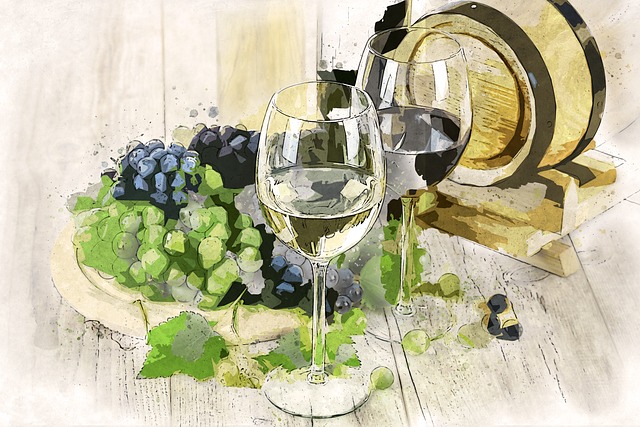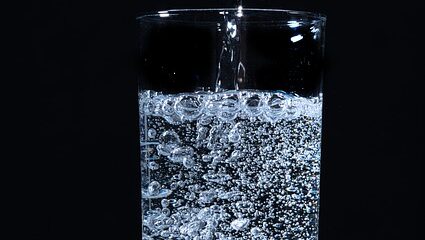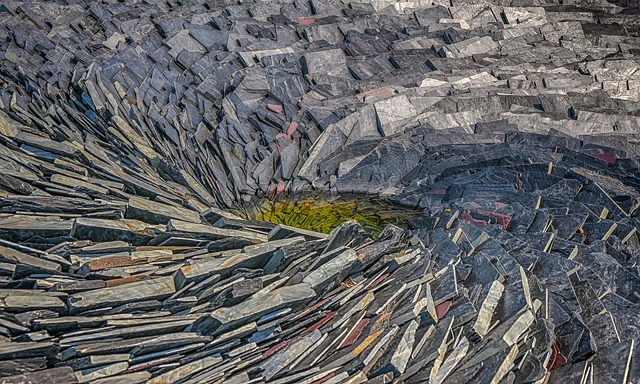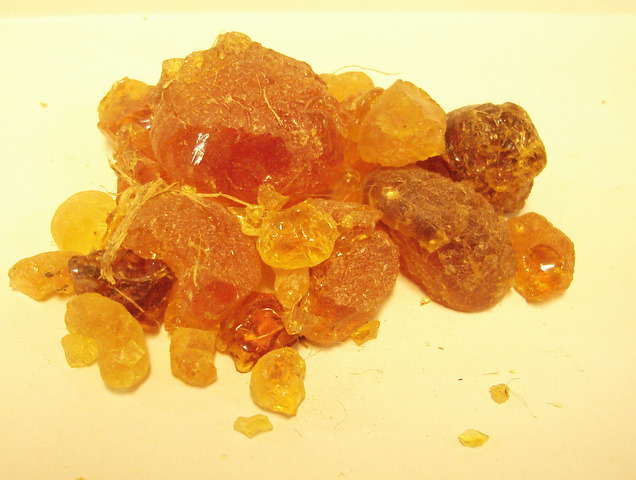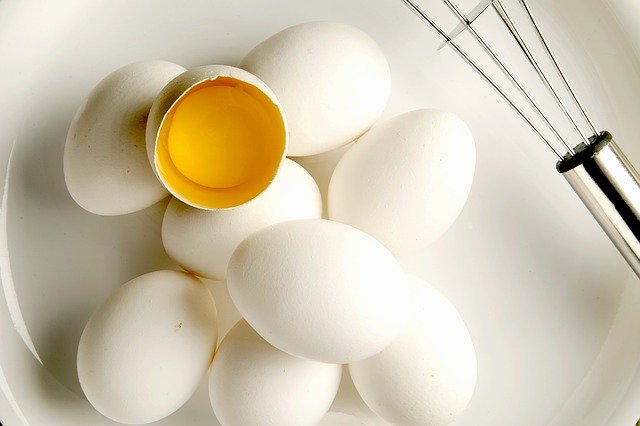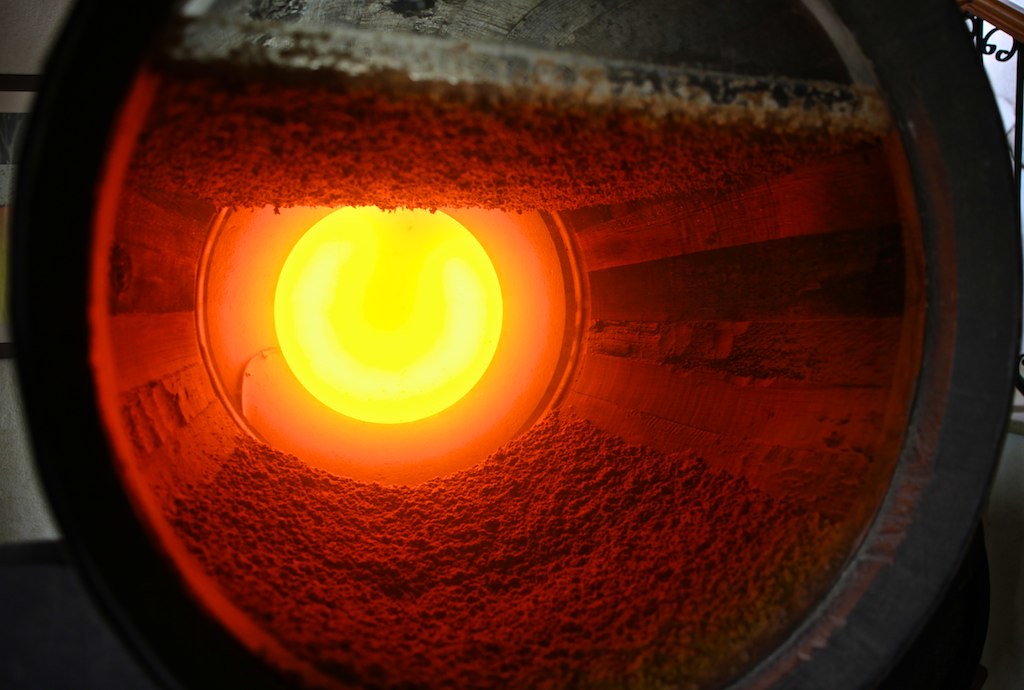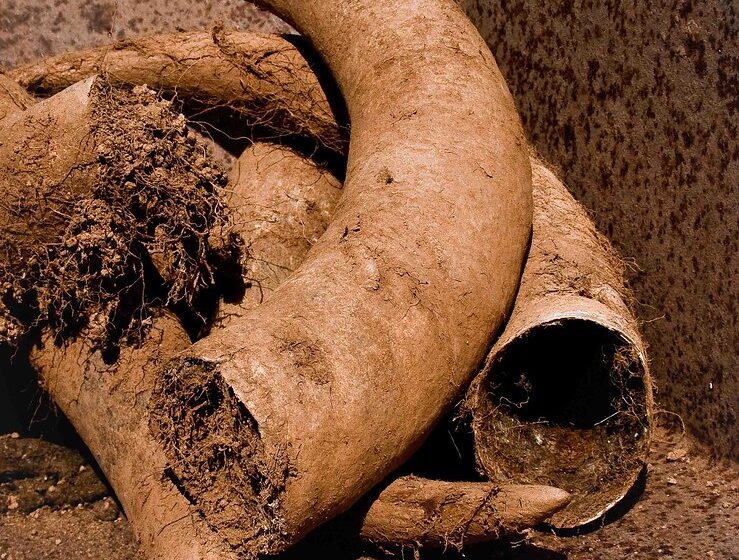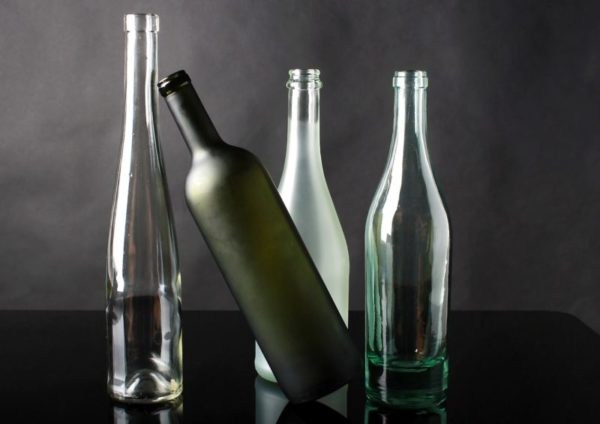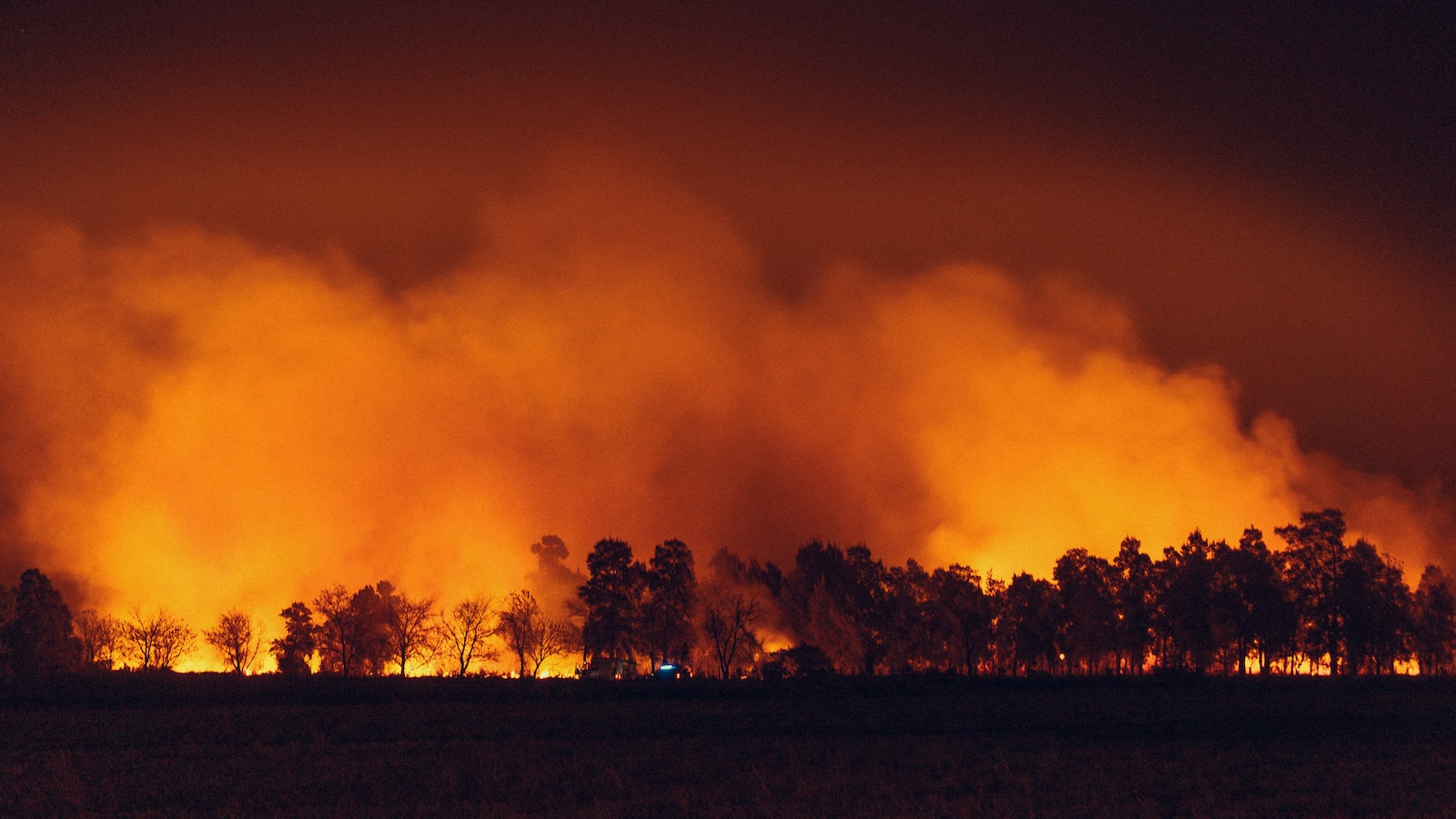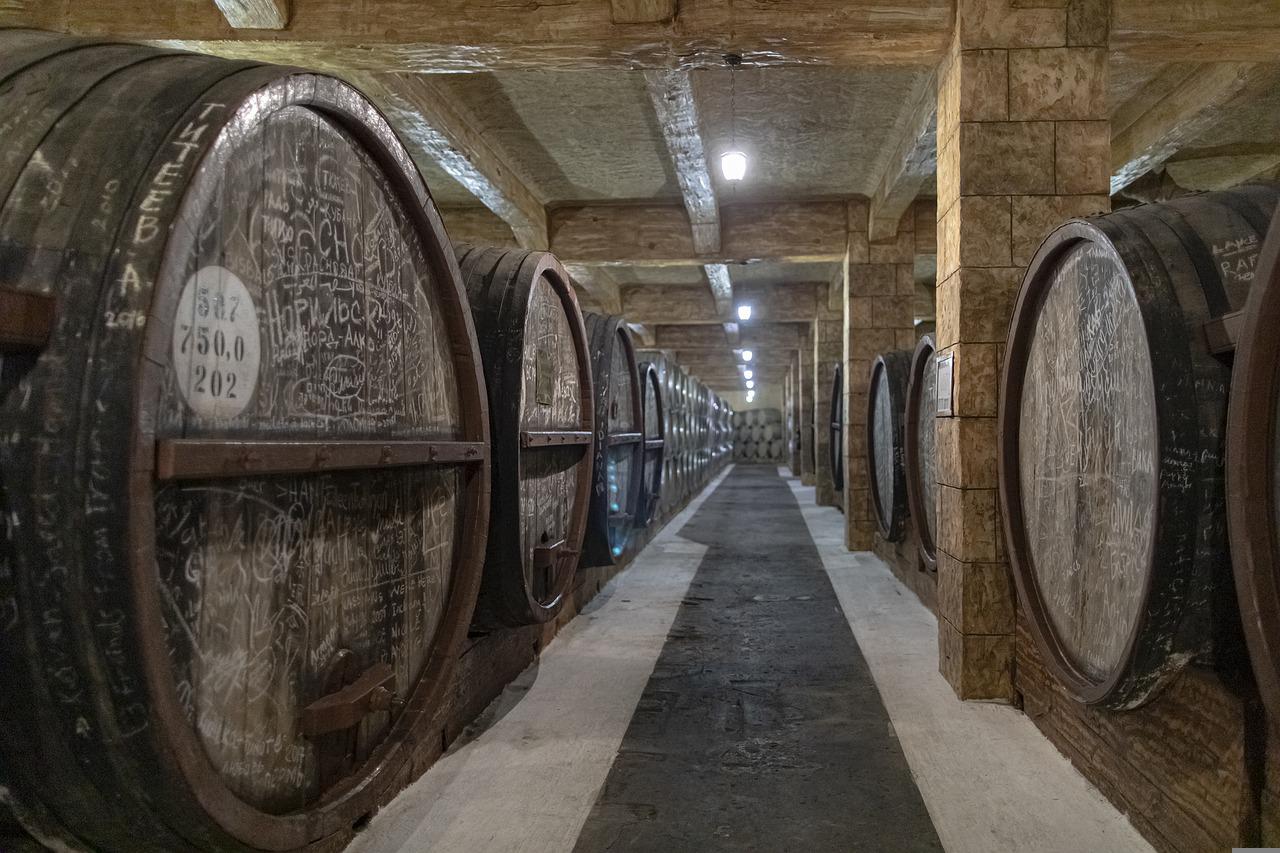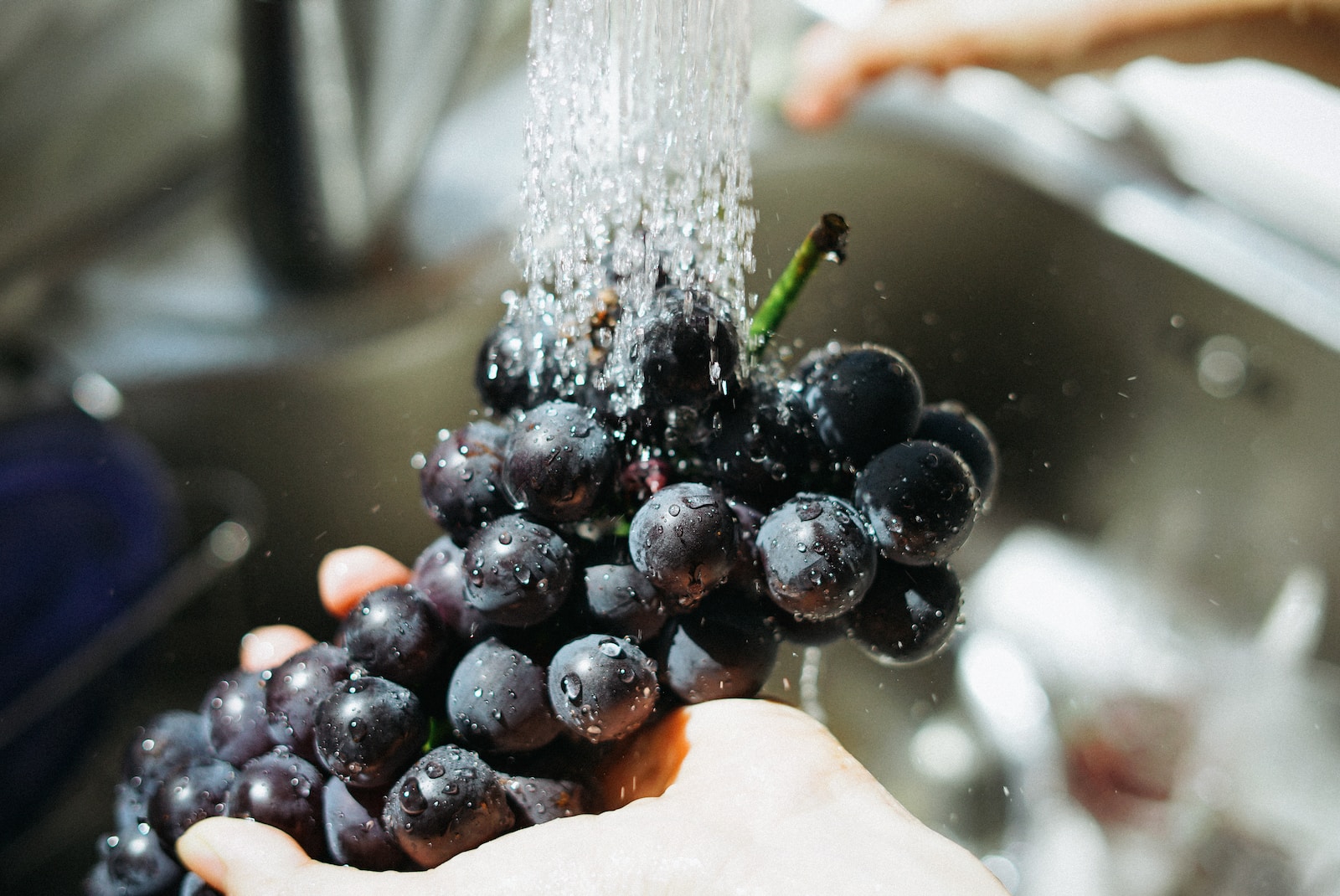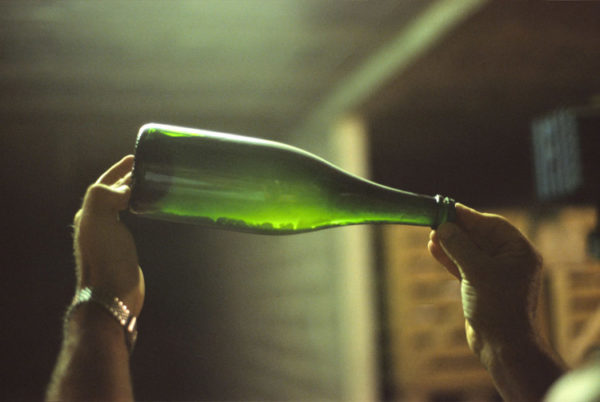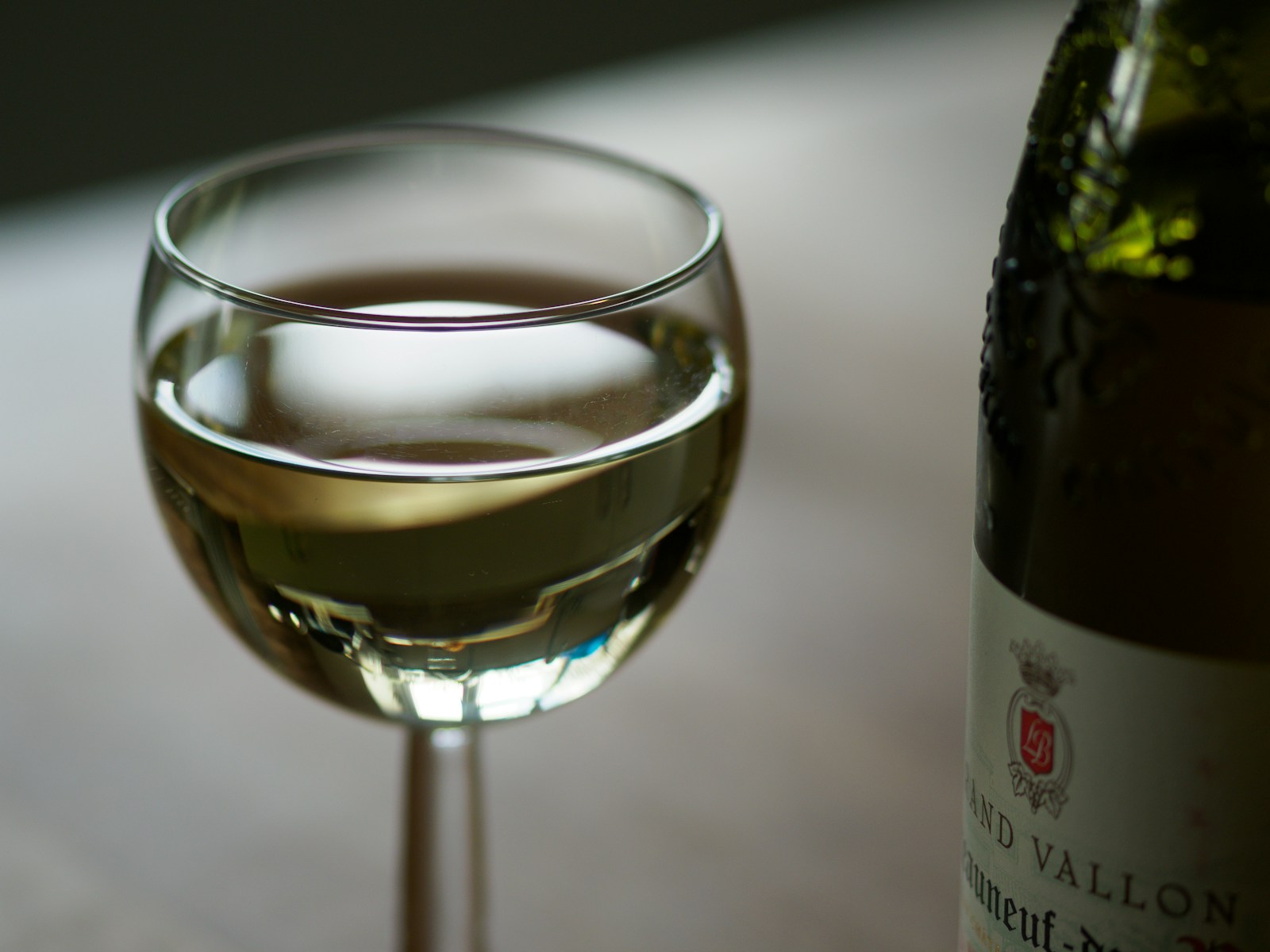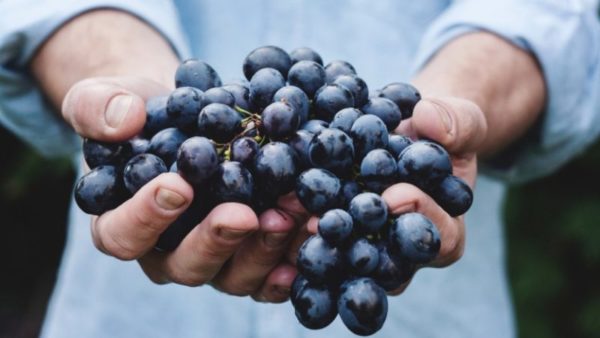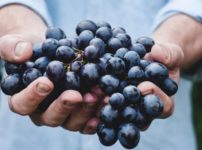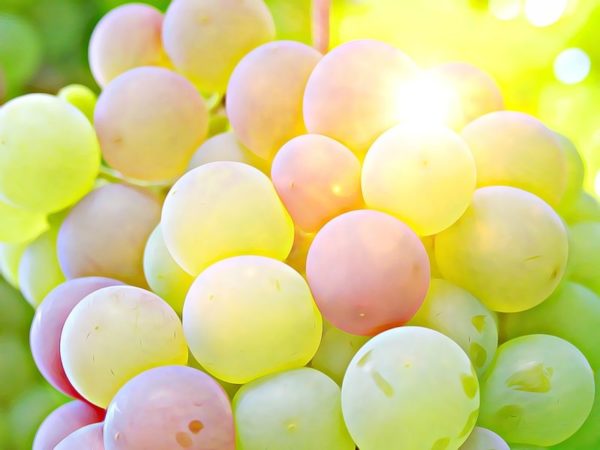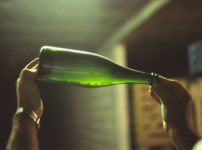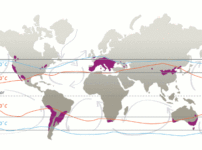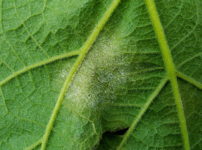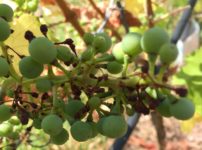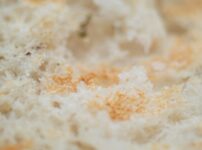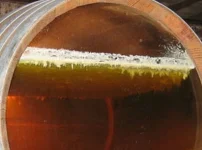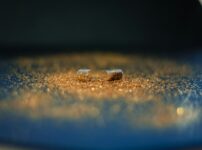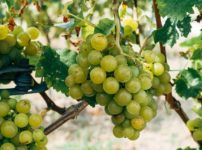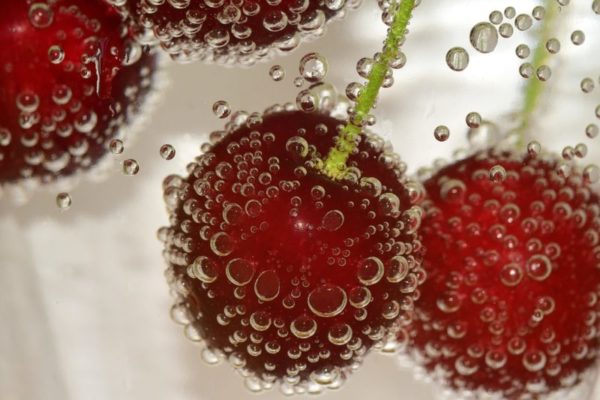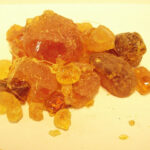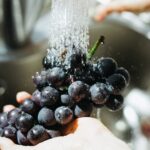Wine, Soil, and Terroir | Slate Color and Wine Character
When explaining the distinctive character of wine, the discussion often relates to terroir. Soil is one of the elements that constitute terroir. There are numerous types of soil. Alongside clay and limestone, Schiefer occupies a significant position among …
Wine and Allergies
Did you know that wine may contain surprisingly many potential allergens? Acetaldehyde and biogenic amines, which can potentially cause headaches, may be present in any wine regardless of type or production method. On the other hand, casein and egg whites …
Wine and Barrel-Derived Extracts: Phenolic Compounds and Oak-Related Aromas
This article focuses on the compounds extracted from wooden barrels during wine aging and their effects on wine. Discussions of barrel aging are often reduced to the notion of “oak aroma,” with an emphasis on aromatic attributes alone. In practice, howeve …
Is Quality Control Unnecessary for Wine? The Crisis of a Lawless Territory Called “Half-Hearted Natural Wine”
Before writing this article, there is something I must clarify first. The author does not belong to any faction that could be called “anti-natural wine,” nor do I have an extreme dislike for “natural wine.” I hope you will read this article with this unde …
How to Make Sulfur Dioxide-Free Wine
The terms “sulfur dioxide” or “sulfites” have become something of a dreaded unhealthy buzzword in Japan’s wine industry today, treated with the same revulsion as a venomous snake. Meanwhile, sulfur dioxide-free wines—those made without adding these antiox …
Complete Guide | How Sparkling Wine is Made
Sparkling wine, epitomized by Champagne, is an indispensable element at parties and other festive occasions. Have you ever wondered how this effervescent wine containing carbon dioxide gas is actually produced? While explanations of production methods are …
Wine, Soil, and Terroir | Slate Color and Wine Character
When explaining the distinctive character of wine, the discussion often relates to terroir. Soil is one of the elements that constitute terroir. There are numerous types of soil. Alongside clay and limestone, Schiefer occupies a significant position among …
Is Germany the Northern Limit of Viticulture?
When people begin studying wine, many learners are taught that “wine grape cultivation takes place between 30° and 50° North latitude and 30° and 40° South latitude,” aren’t they? Then, when they move on to the chapter dealing with German wines, they like …
The Three Major Diseases of Wine Grapes | Downy Mildew: Causes and Control Measures
There is one disease that grape growers particularly fear during rainy years: downy mildew. Whether dealing with wine grapes or any other cultivated plants, the battle against diseases is unavoidable. Vineyards encounter various diseases, but the most pro …
Grape Sunburn Phenomenon
Grape berries undergo sunburn phenomena similar to human skin. This phenomenon introduces burnt-like flavors into wine, particularly affecting the quality of white wines where delicate aromas are crucial. Sunburned berries must be sorted and removed durin …
Understanding Soil in Wine
When introducing wines in Japan, it seems that reference to the type of soil in which the grapes were cultivated is frequently made as one of the elements expressing a wine’s character. While this tendency is not limited to Japan alone, it appears particu …
Rising Temperatures Cause Widespread Damage: Understanding Grape Sunburn
With the arrival of summer, grapevines in vineyards continue their growth cycle. Currently, vineyard operations are proceeding simultaneously with lateral shoot removal, leaf removal, and shoot tip cutting. During this period, Germany experienced two days …
Fundamental Understanding of Non-Saccharomyces Yeasts: New Options in Modern Winemaking
In modern winemaking, yeast selection technology continues to evolve constantly. A recurring phenomenon is observed where specific yeasts gain attention due to outstanding performance in competitions or industry recommendations, leading to rapid expansion …
Wine Character Ruined! Understanding Film-Forming Yeasts and Their Control
Have you ever encountered a red wine that tasted oddly flat yet somehow spicy, with aromas reminiscent of dust, mold, or sulfur compounds? Such wines may have been affected by film-forming yeasts during their aging period. While the term “film-forming yea …
Yeast That Threatens Fermentation: The Existence of Killer Yeast, Where Yeast Kills Yeast
Fermentation management is one of the most important processes in winemaking. Depending on how this fermentation proceeds, the resulting wine will vary in both taste and aroma. When discussing fermentation management, attention tends to focus on what temp …
The Chemistry of Wine Ageing | Fundamentals of the Maillard Reaction
A chemical reaction known as the Maillard reaction exists. This reaction is also called the amino-carbonyl reaction. The browning of meat when grilled, the appetizing golden color of baked cookies or toast, and the appealing color of fish teriyaki glazed …
Alcohol Adjustment in Wine | Considering Water Addition
Global temperatures are rising due to climate change, accelerating the growth of wine grapes accordingly. Warmer winters have caused grape budbreak to occur earlier, and through increasingly hot summers, we can now harvest grapes that are more mature than …
The Winemaking Technique of Carbonic Maceration
Wine terminology related to production processes is often difficult to understand and unfamiliar due to the extensive borrowing from French. However, among such terms, “carbonic maceration” is a name that many people may have heard of at some point. Carbo …
The Truth About “Good Vineyards” in Wine
https://www.youtube.com/watch?v=O9hVTlhyZDc Among wine enthusiasts, the belief that “good vineyards” produce quality wines is widely accepted. Wines from vineyards with classifications such as Grand Cru or Premier Cru are often perceived as “distinctly di …
The Truth About Natural Wine
https://www.youtube.com/watch?v=Z-SccwUyehI The term “natural wine” remains a perpetual source of heated debate among wine enthusiasts. This phrase has become so ubiquitous that it jumps out at us from Tokyo’s streets in combinations like “natural wine an …
Exploring Wine Diversity
https://www.youtube.com/watch?v=l3zcrR39d8Q In recent years, the concept of “diversity” has become a frequent topic of discussion within the wine industry. However, this diversity does not merely refer to variations within traditional frameworks such as d …



